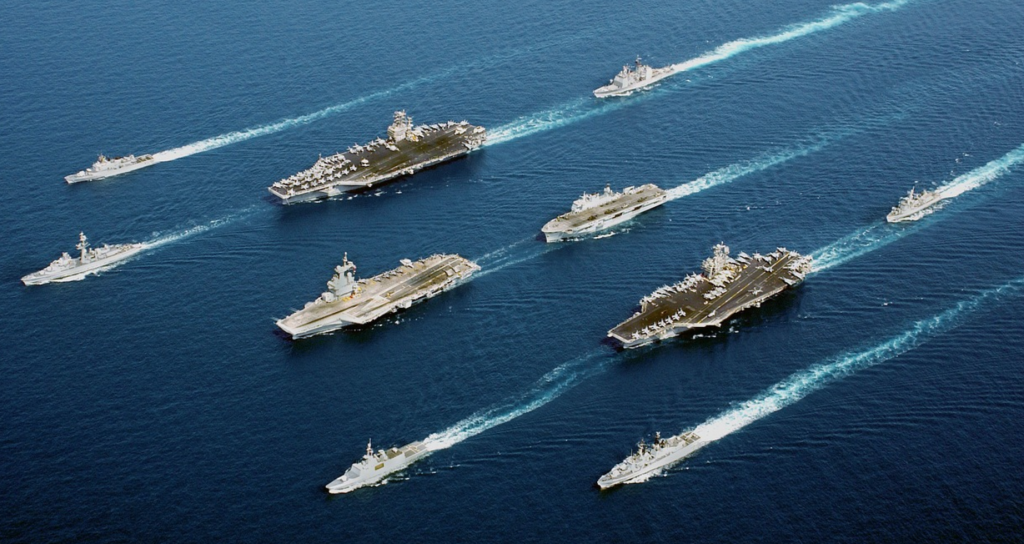The US Navy is the most-equipped and extensive maritime military force on the planet, and we maintain a continual presence in almost every corner of the world. However, there is a difference between keeping a presence and being at a full-state of readiness. Unfortunately, the Pacific fleet has been struggling to be fully-ready for a couple of years now, and the strain on our forces is becoming more and more apparent.
Naval Burnout
The area that the Pacific theater encompasses is gigantic, and the US has interests covering thousands upon thousands of miles that need to be protected. Unfortunately, our ships, planes and sailors have been spread too thin for too long that the entire fleet is on the verge of an unprecedented breakdown. The navy is literally burning itself out as it attempts to meet various threats with minimal resources.
Ships that would normally return to port after a tour at sea for maintenance or upgrades are being re-deployed time and time again. Sailors are also being sent right back out to sea with little downtime, and burnout is starting to take its toll not only on morale, but in the ability for crews to stay fresh and alert. Unfortunately, unless the government invests in more resources, this trend will continue for the foreseeable future. Considering that a number of accidents at sea have been linked to this burnout, things are only going to get worse before they get better.
Unsustainable
Keep in mind that the Pacific fleet is not engaged in combat at the present time. If things are literally falling apart at the seams now, imagine how bad things could get if we were to get involved in a conflict with China or North Korea. It’s also important to to remember that our potential adversaries are also keeping a close eye on our defensive capabilities, and they could easily seize the opportunity to test our resolve, and probably have some success if they chose to do so.
The only solution is to build more ships, or dedicate more of our existing resources to the area in order to keep the fleet fresh, operational and battle-ready. If not, then mishaps, accidents and miscalculations will only increase.
Under the best of circumstances, it will take at least a year or two before we start seeing any tangible improvements with the readiness of the Pacific fleet, perhaps longer if politicians continue to play games in Washington. This means that if we were thrust into an unexpected conflict, we could end up being at a disadvantage right from the start.
Lessons to be Learned
A big part of being prepared and maintaining a state of perpetual readiness involves downtime. We need time to rest, to recharge our batteries, and to attend to things like training, making repairs or perfecting plans. Little breaks also help us to keep our attitudes and mindsets fresh. While it can be easy to think of taking breaks as a sign of weakness, they actually are a sign of maturity and acknowledgment that we can’t burn our candles at both ends for indefinite periods of time. Sooner or later mistakes will be made, our clarity can become clouded, our attitudes can sour, and prepping can become a burden instead of an opportunity. Additionally, burnout can erode our ability to be at the top of our game if we end up facing a real crisis.
Pay attention to signs that may indicate that you’re spreading yourself too thin, and take a step back when they show up. Chances are that you will feel better, have more focus, and be better-equipped to tackle challenges that lie ahead.

